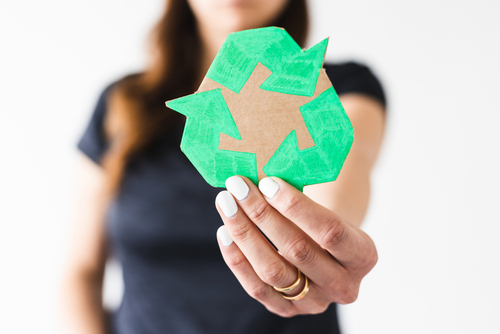
A new report has found that a majority of consumers want to buy sustainable products, but they struggle to identify sustainable packaging.
Bain & Company’s report, Global Paper & Packaging Report, found that 71 percent of European consumers report wanting to purchase sustainable products. The same percentage of U.S. consumers say they want to buy products with as little packaging as possible. However, many also reported having difficulty identifying sustainable packaging.
“Gone are the days when paper and packaging decisions were made based solely on cost, functionality, and consumer experience,” Ilkka Leppävuori, global head of Bain & Company’s Packaging group, said. “Sustainability is now top of mind for everyone. However, when it comes to picking a packaging material—from paper to plastic to metal to glass—there’s no clear winner. Paper may have an edge, but the most sustainable option can vary greatly by application and geography. Leading companies are assessing the environmental impact of different materials and taking the full life cycle into account—from resource extraction and production to transportation and products’ end of life.”
The survey of nearly 4,000 U.S. consumers found that 70 percent believe single-use glass has a lower carbon footprint than single-use plastic, while only 12 percent answered correctly, that single-use plastic had the lower carbon footprint.
Bain said the report shows the hard choices packaging companies must make in choosing between materials. While most consumer product companies have publicly announced sustainability commitment, many do not have a clear view of what packaging materials they prefer, the company said. The number of companies that have verified or committed to science-based targets has increased from five in 2019 to 164 in 2022, but 30 percent of those companies have announced they have missed their near-term Scope 1 and Scope 2 targets, and 41 percent have missed their Scope 3 targets.